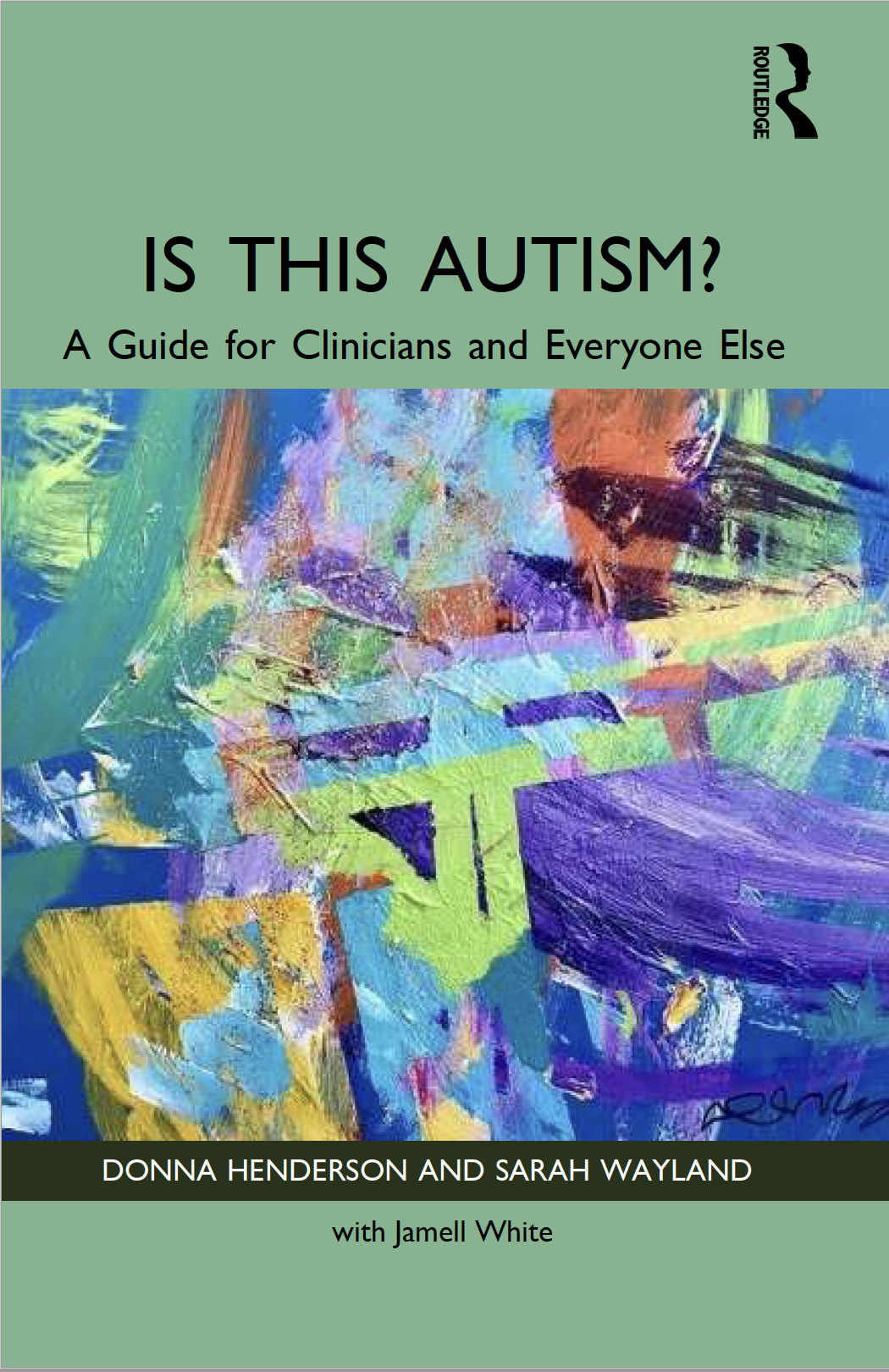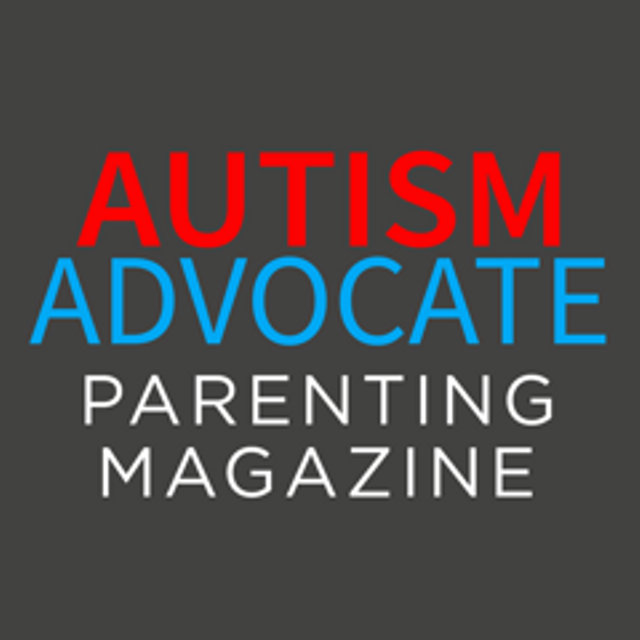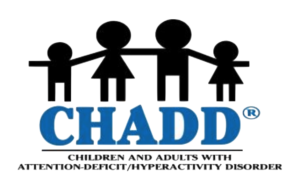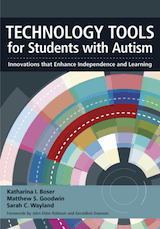Professional Publications by Dr. Wayland
Is This Autism? A Guide for Clinicians and Everyone Else
by Donna Henderson, Psy.D. & Sarah Wayland, Ph.D. with Jamell White, Ph.D., LCSW-C

In recent years, our understanding of the autism spectrum has greatly expanded. Still, many autistic individuals are missed or misdiagnosed, in part because there are clinicians who have outdated views of the many different ways that autism can present. This highly-readable book clarifies how to recognize autistic clients, taking the reader step-by-step through the diagnostic criteria. It describes what we have learned from the research and lived experience of autistic individuals, particularly autistic women and girls, which we now know can manifest in autistic people of all genders. Quotes from over 100 autistic contributors bring the research to life and give voice to the autistic experience. In the second part of the book, the reader will learn about experiences and strengths that are not reflected in the diagnostic criteria but are still quite common in autistic people. Throughout the book, Dr. Jamell White highlights cultural considerations to be aware of during the assessment process.
It is never too late to consider autism, as the individuals diagnosed in adolescence and adulthood report that their new understanding can bring profound relief. Research, and our clinical experience, tells us that receiving a proper diagnosis can be life-changing for autistic individuals and their families. It is for these people that this book was written.
Routledge, due for release in early 2023.
Relationship Development Intervention (RDI®)
by Sarah Wayland, Ph.D.
 Recognizing that children with autism have core neurological differences, Dr. Steven Gutstein proposed that first establishing and fostering a strong guiding relationship — usually with a parent — will enable children to maximize their learning in various therapeutic and home settings. Professionals who become RDI® certified are trained to teach caregivers how to re-establish a guiding relationship with their children, and then to help them learn how to connect with others in developmental sequence. RDI® consultants work with parents and professionals to implement the RDI® program at home and, more recently, in a school setting. Learn more about RDI® in this article from Autism Advocate Parenting Magazine.
Recognizing that children with autism have core neurological differences, Dr. Steven Gutstein proposed that first establishing and fostering a strong guiding relationship — usually with a parent — will enable children to maximize their learning in various therapeutic and home settings. Professionals who become RDI® certified are trained to teach caregivers how to re-establish a guiding relationship with their children, and then to help them learn how to connect with others in developmental sequence. RDI® consultants work with parents and professionals to implement the RDI® program at home and, more recently, in a school setting. Learn more about RDI® in this article from Autism Advocate Parenting Magazine.
First, Put On Your Own Oxygen Mask: Be a Better Parent By Caring for Yourself
by Sarah Wayland, Ph.D.
 Society sends messages to parents who are raising kids with neurodevelopmental differences like “Your child’s differences are your fault.” Or “You can control your child. You just need to try harder.” These thoughts don’t make parents of kids with differences feel very good. Fortunately there’s help. You can change how you think about what is happening and how you respond using cognitive behavior therapy (CBT), an approach that improves how people feel about themselves and their lives. Dr. Wayland describes some of the techniques in this article.
Society sends messages to parents who are raising kids with neurodevelopmental differences like “Your child’s differences are your fault.” Or “You can control your child. You just need to try harder.” These thoughts don’t make parents of kids with differences feel very good. Fortunately there’s help. You can change how you think about what is happening and how you respond using cognitive behavior therapy (CBT), an approach that improves how people feel about themselves and their lives. Dr. Wayland describes some of the techniques in this article.
We All Have Our Parenting Kryptonite
by Sarah Wayland, Ph.D.
 Parents are superheroes. But every superhero is vulnerable, and as parents we face those vulnerabilities on a daily basis. In this article, Dr. Wayland lists some of the thinking errors that can destroy our parental superpowers and describes techniques that can help you overcome your “kryptonite moments”.
Parents are superheroes. But every superhero is vulnerable, and as parents we face those vulnerabilities on a daily basis. In this article, Dr. Wayland lists some of the thinking errors that can destroy our parental superpowers and describes techniques that can help you overcome your “kryptonite moments”.
Teaching Social Skills with RDI
by Sarah Wayland
 Kids who cannot learn social skills through normal social interaction must be taught differently. The most common approaches teach these skills using a structured curriculum that first explains the skills, and then helps the child to practice the skills in increasingly unstructured situations. But what about the “why” of social interaction? Would it help to explain why a child should care about eye contact, why it’s important to take turns, why facial expressions matter, and why children with social communication disorders don’t know the answers to these questions? In this article, Dr. Wayland describes how RDI teaches the “why”, so kids can be socially successful.
Kids who cannot learn social skills through normal social interaction must be taught differently. The most common approaches teach these skills using a structured curriculum that first explains the skills, and then helps the child to practice the skills in increasingly unstructured situations. But what about the “why” of social interaction? Would it help to explain why a child should care about eye contact, why it’s important to take turns, why facial expressions matter, and why children with social communication disorders don’t know the answers to these questions? In this article, Dr. Wayland describes how RDI teaches the “why”, so kids can be socially successful.
It’s as Easy As Child’s Play! Or is it? – Social Communication Disorders in Children
by Sue M. Abrams, MA, CCC-SLP & Sarah C. Wayland, Ph.D.
 Learning to play with others involves recognizing that you can get clues from other kids about how they are feeling just by listening to how they talk, or by looking at their face and how they hold their bodies, or looking where their friend is looking. It also involves understanding what your friends are saying and how to respond appropriately. What happens to a child who does not seem to be learning these skills? In this article, Sue Abrams (a speech-language pathologist) and Sarah Wayland (an RDI Consultant) answer common questions about this disorder, including What is Social Communication Disorder?, When should I be concerned?, Who can diagnose a Social Communication Disorder?, How can I help at home? and What professionals can help my child?
Learning to play with others involves recognizing that you can get clues from other kids about how they are feeling just by listening to how they talk, or by looking at their face and how they hold their bodies, or looking where their friend is looking. It also involves understanding what your friends are saying and how to respond appropriately. What happens to a child who does not seem to be learning these skills? In this article, Sue Abrams (a speech-language pathologist) and Sarah Wayland (an RDI Consultant) answer common questions about this disorder, including What is Social Communication Disorder?, When should I be concerned?, Who can diagnose a Social Communication Disorder?, How can I help at home? and What professionals can help my child?
Seven Apps That Teach Literacy Skills
by Katharina Boser & Sarah Wayland
 Mobile devices can help students who have trouble communicating orally by allowing them to converse using pictures and the written word (what’s known as augmentative and alternative communication, or AAC). Any number of apps can facilitate AAC, but some of them are particularly well-suited for helping students with language disorders learn how to read and how to effectively express themselves in writing. In this article, Dr. Boser & Dr. Wayland review some exciting new features in seven apps that teach these skills.
Mobile devices can help students who have trouble communicating orally by allowing them to converse using pictures and the written word (what’s known as augmentative and alternative communication, or AAC). Any number of apps can facilitate AAC, but some of them are particularly well-suited for helping students with language disorders learn how to read and how to effectively express themselves in writing. In this article, Dr. Boser & Dr. Wayland review some exciting new features in seven apps that teach these skills.
Technology Tools for Students with Autism: Innovations that Enhance Independence and Learning
 Edited by Katharina I. Boser, Ph.D., Matthew S. Goodwin, Ph.D., & Sarah C. Wayland, Ph.D.
Edited by Katharina I. Boser, Ph.D., Matthew S. Goodwin, Ph.D., & Sarah C. Wayland, Ph.D.
Technology holds great promise for helping students with autism learn, communicate, and function effectively in the modern world. This book gives an in-depth guided tour of technologies that support learners with autism and help them fully participate in their classroom and community. You’ll learn about readily available technologies you can use right now, as well as critical guidance on how to select the appropriate technology for your needs, weave technology into a universal design for learning framework, and conduct effective professional development.
Why is it So Difficult to Get Treatment for Language Disorders?
by Sarah Wayland
 It can be hard for educators, clinicians, and parents to understand that there are smart children who struggle to talk and understand spoken language. Despite documented disabilities, it can be sometimes be quite challenging to get them the treatment they need. It can be incredibly frustrating when your child needs help and you are unable to provide it. In this article, Dr. Wayland examines some of the reasons for this difficulty, and provides guidance on working with insurance companies so that parents can more effectively advocate for their children who need treatment for language disorders.
It can be hard for educators, clinicians, and parents to understand that there are smart children who struggle to talk and understand spoken language. Despite documented disabilities, it can be sometimes be quite challenging to get them the treatment they need. It can be incredibly frustrating when your child needs help and you are unable to provide it. In this article, Dr. Wayland examines some of the reasons for this difficulty, and provides guidance on working with insurance companies so that parents can more effectively advocate for their children who need treatment for language disorders.
Supporting 2e Students In Prince George’s County
by Rose Blucher, M.Ed., and Sarah Wayland, Ph.D.
 What does a bright but struggling student need in order to thrive? Critical to the academic and social emotional success of 2e students is an appropriate learning environment with advanced educational and talent-development opportunities, instruction in compensatory strategy development to address areas of weakness, and supportive ancillary services. The learning needs of these students are best met with dual differentiation, a collaborative approach to instruction that affirms students’ strengths and talents, while addressing their unique learning needs. The intent of this article is to give an overview of a service delivery model that provides just such an approach, offering a continuum of support services for twice-exceptional students grades 2 through 12 within a public school setting.
What does a bright but struggling student need in order to thrive? Critical to the academic and social emotional success of 2e students is an appropriate learning environment with advanced educational and talent-development opportunities, instruction in compensatory strategy development to address areas of weakness, and supportive ancillary services. The learning needs of these students are best met with dual differentiation, a collaborative approach to instruction that affirms students’ strengths and talents, while addressing their unique learning needs. The intent of this article is to give an overview of a service delivery model that provides just such an approach, offering a continuum of support services for twice-exceptional students grades 2 through 12 within a public school setting.